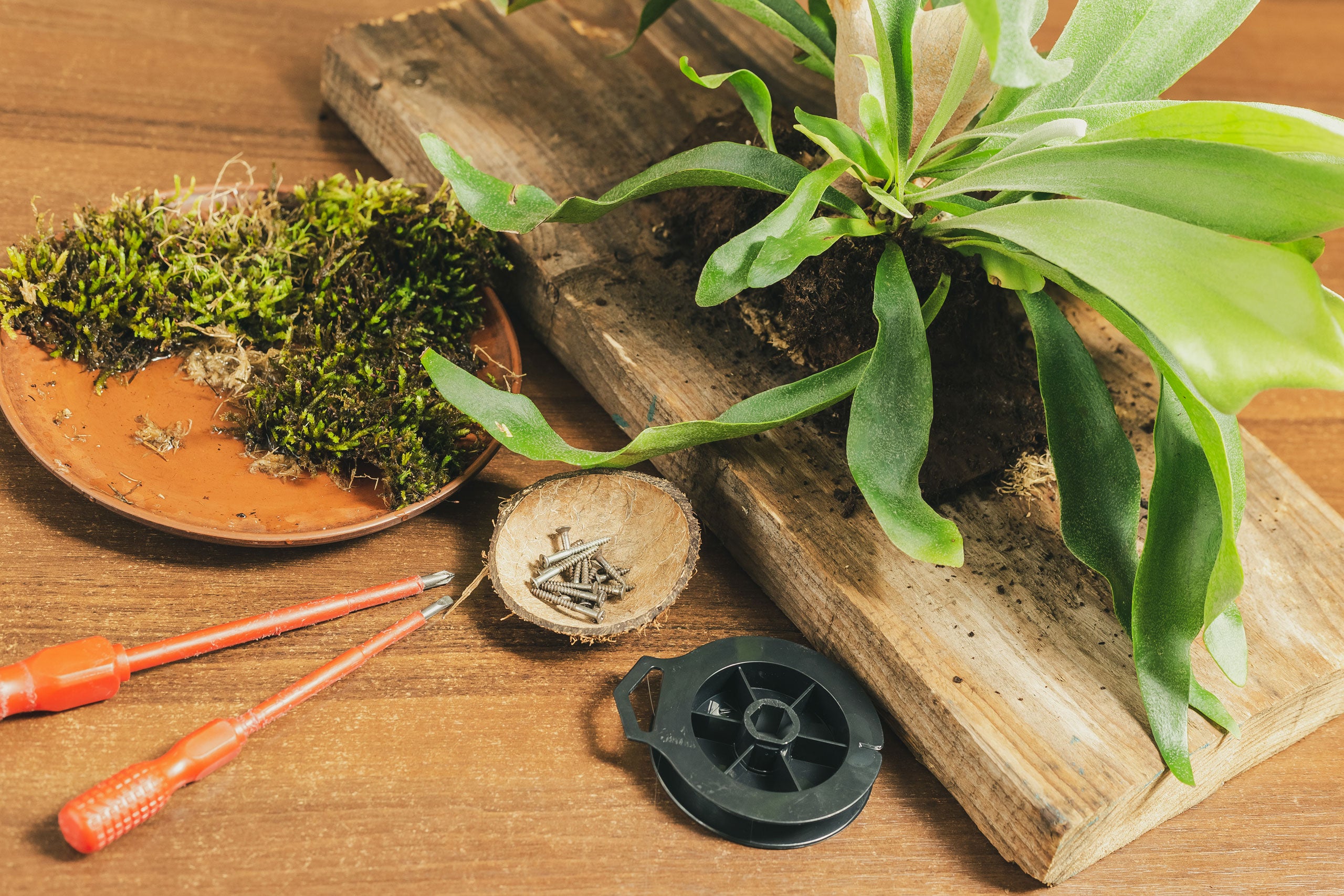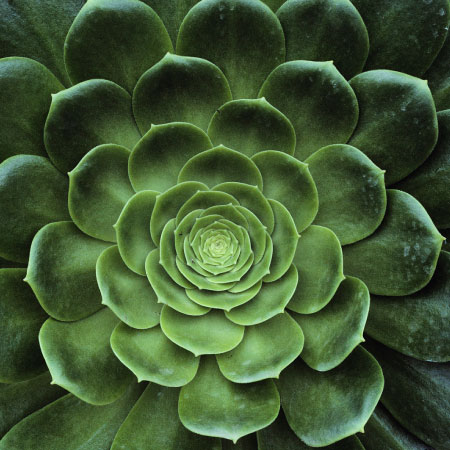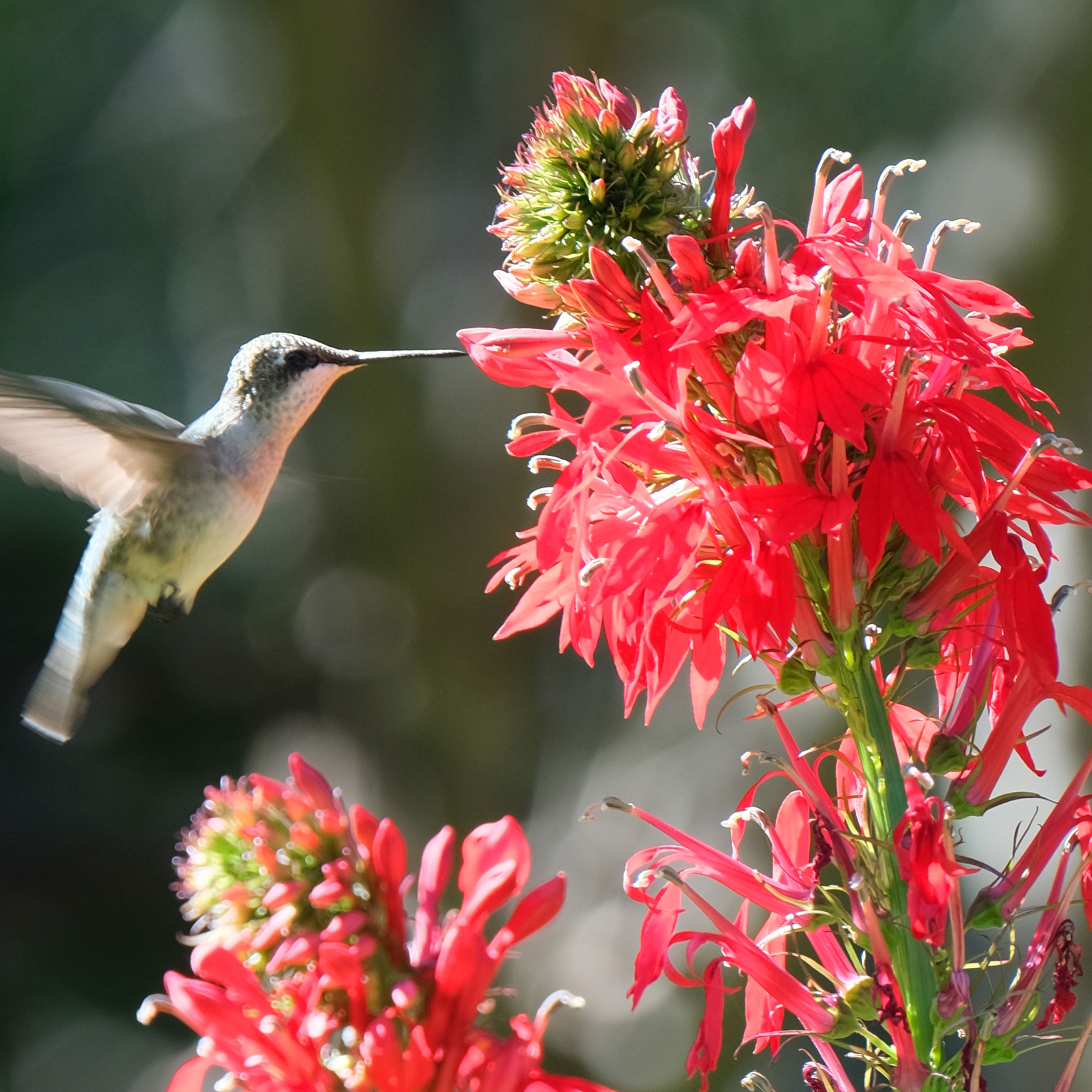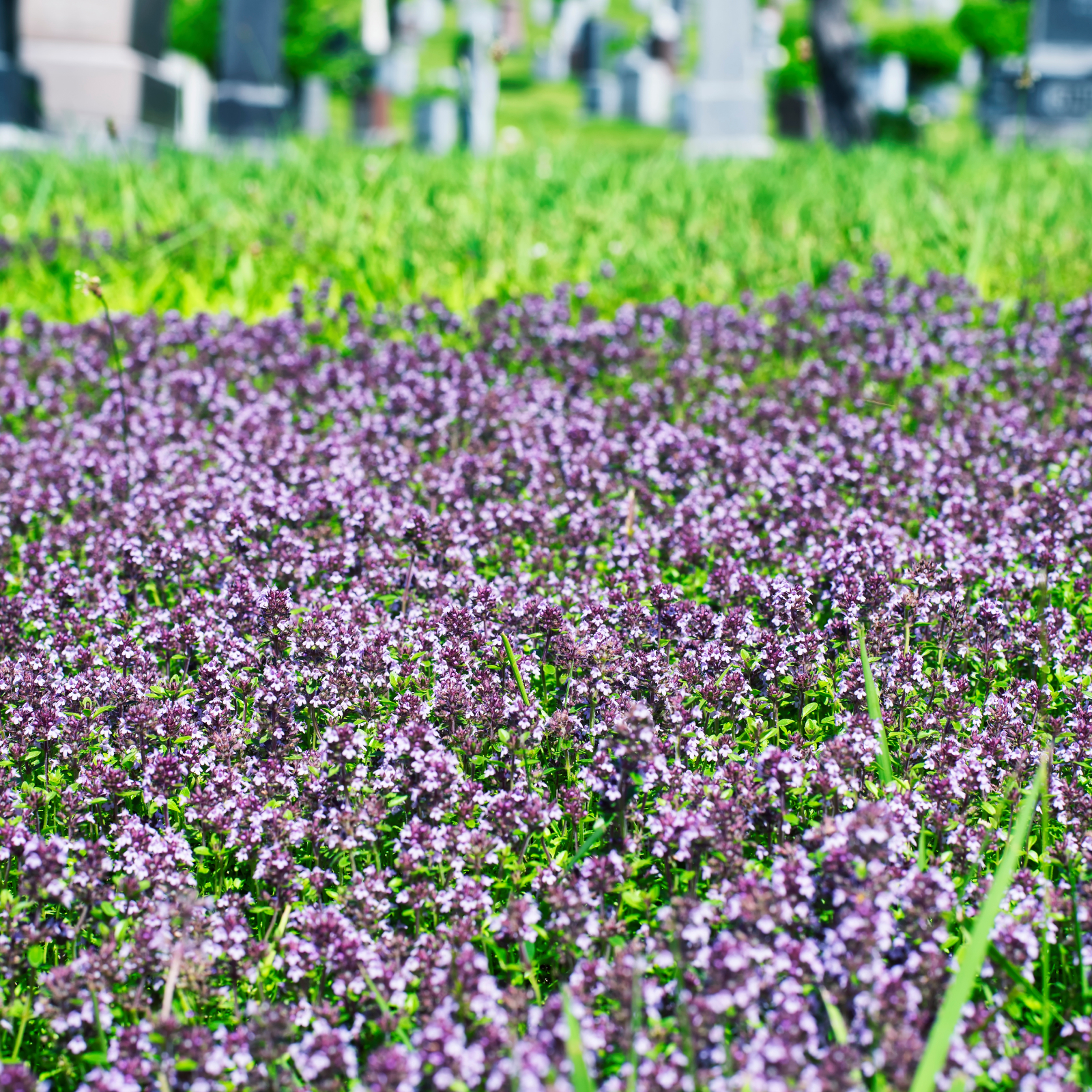Staghorn Fern Repotting: How To Repot A Staghorn Fern


In their natural environment, staghorn ferns grow on tree trunks and branches. Fortunately, staghorn ferns also grow in pots – usually a wire or mesh basket, which allows us to enjoy these unique, antler-shaped plants in non-tropical environments. Like all potted plants, staghorn ferns occasionally need repotting. Read on to learn about transplanting staghorn ferns.
Staghorn Fern Repotting
When to repot a staghorn fern is a common question to many but an easy one to answer. Staghorn ferns are happiest when they’re slightly crowded and should only be repotted when they’re nearly busting at the seams – usually once every few years. Staghorn fern repotting is best done in spring.
How to Repot a Staghorn Fern
Here are some tips to follow when you begin transplanting staghorn ferns into another pot. Prepare a container at least 2 inches (5 cm.) wider than the original container. If you’re using a wire basket, line the basket with about an inch (2.5 cm.) of moist, firmly packed sphagnum moss (soak the moss in a bowl or bucket for three or four hours first). Fill the basket (or a regular pot) about half-full of a loose, well-drained, porous potting mixture: preferably something like shredded pine bark, sphagnum moss, or a similar medium. You can use up to one-third regular potting mix, but never use garden soil. Remove the staghorn carefully from its container and move it to the new container as you gently spread the roots. Finish filling the pot with potting mix, so the roots are completely covered but the stem and fronds are exposed. Pat the potting mix gently around the roots. Water the newly transplanted staghorn to soak the potting mix, and then allow it to drain well.
Gardening tips, videos, info and more delivered right to your inbox!
Sign up for the Gardening Know How newsletter today and receive a free copy of our e-book "How to Grow Delicious Tomatoes".

A Credentialed Garden Writer, Mary H. Dyer was with Gardening Know How in the very beginning, publishing articles as early as 2007.
-
 Get Ready For A Summer Of Hummers! Grow These Full Sun Hummingbird Plants and Flowers
Get Ready For A Summer Of Hummers! Grow These Full Sun Hummingbird Plants and FlowersIf you’re lucky enough to enjoy a sunny backyard, make sure you are maxing out on your pollinator opportunities and grow these full sun hummingbird plants and flowers
By Tonya Barnett
-
 12 Lush Alternatives To A Lawn For Sustainable Spaces
12 Lush Alternatives To A Lawn For Sustainable SpacesAlternatives to a lawn are beautiful and also beneficial to your local ecosystem and its pollinators. Explore our top picks for plants to replace grass.
By Tonya Barnett